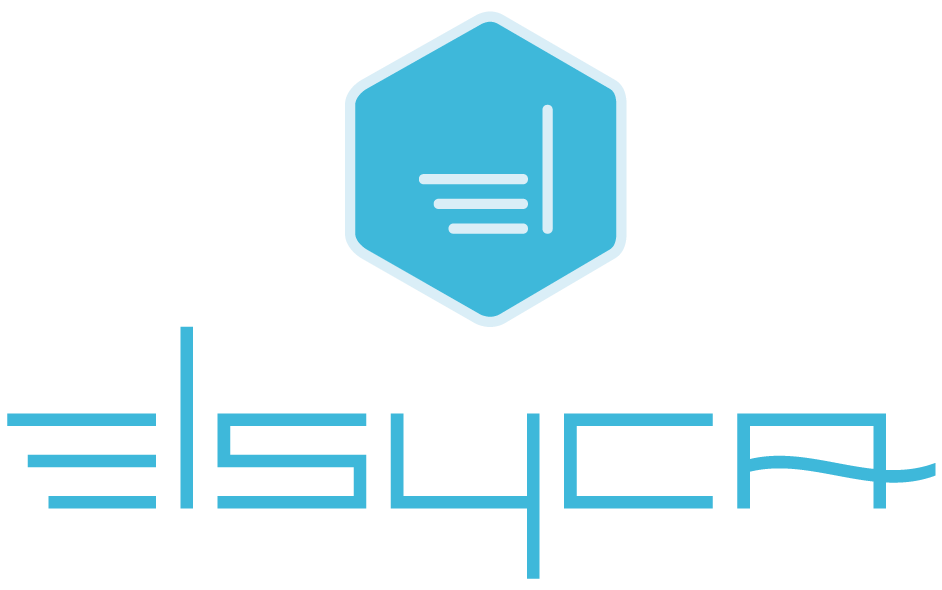
Optimizing Pipeline AC Threat Assessments using Computational Aided Engineering (CAE) Modelling (AMPP 2023)
AMPP 2023 Conference Paper

Optimizing Pipeline AC Threat Assessments using Computational Aided Engineering (CAE) Modelling (AMPP 2023)
Christophe Baeté, Olga Dolgikh, Elsyca, Inc.
Paper presented at the AMPP Annual Conference + Expo, Denver, CO, USA, March 2023
Paper Number: AMPP-2023-19219
Abstract
AC threat assessments on pipelines are typically covered under various specifications, and best practices, such as NACE SP0177, EN 50443 and the INGAA FINAL Report No. 2015-04. The theories and philosophies are all based upon sound engineering and scientific principles but require a significant amount of Subject Matter Expert (SME) time. The more complex the collocations, the slower the process and/or the higher the costs. With complex and large networks, the asset owner is often overwhelmed.
An advanced approach has been developed, tested, and implemented on more than 66,000 miles of pipelines. During testing, previously qualified and quantified AC threats, investigated using more comprehensive site and engineering technologies were used as a comparison. This paper addresses how the AC threat assessment can be used in conjunction with readily available pipeline operator data, in-house expertise, as well as other publicly available source data, to compute the level of the AC threat and determine critical regions depending on the operational mode of AC threat, quickly, effectively and accurately in an extremely cost effective manner, and in line with the pending PHMSA Mega Rule part 2 (RIN2).
Introduction
There are several well documented reports and standards that detail what information is required to assist with an AC threat assessment1,2. The Association for Materials Protection and Performance (AMPP) also details specific requirements and recommendations in terms of AC and the type of data and information required, in the NACE standard SP0177-2019, “Mitigation of Alternating Current and Lightning Effects on Metallic Structures and Corrosion Control Systems”3. The documents and reports which address AC threat assessment, and which are available today, are all premised upon best engineering practices. They all have significant and major drawbacks, as they are all intensive, time consuming, Subject Matter Expert (SME) based, and are therefore subjective, onerous, and costly.
The asset owners and operators are often faced with large challenges: where do we start; why do we start here; will we be able to capture the most critical risks; are we overlooking risks; how long will the AC threat assessment take, and how reliable will the results be; and how much will it all cost.
An advanced Computational Aided Engineering (CAE) AC threat assessment software platform has been developed in order to remove the SME subjectivity, accelerate and automate the analysis, and consider significantly more parameters for very complex AC interference collocations.
